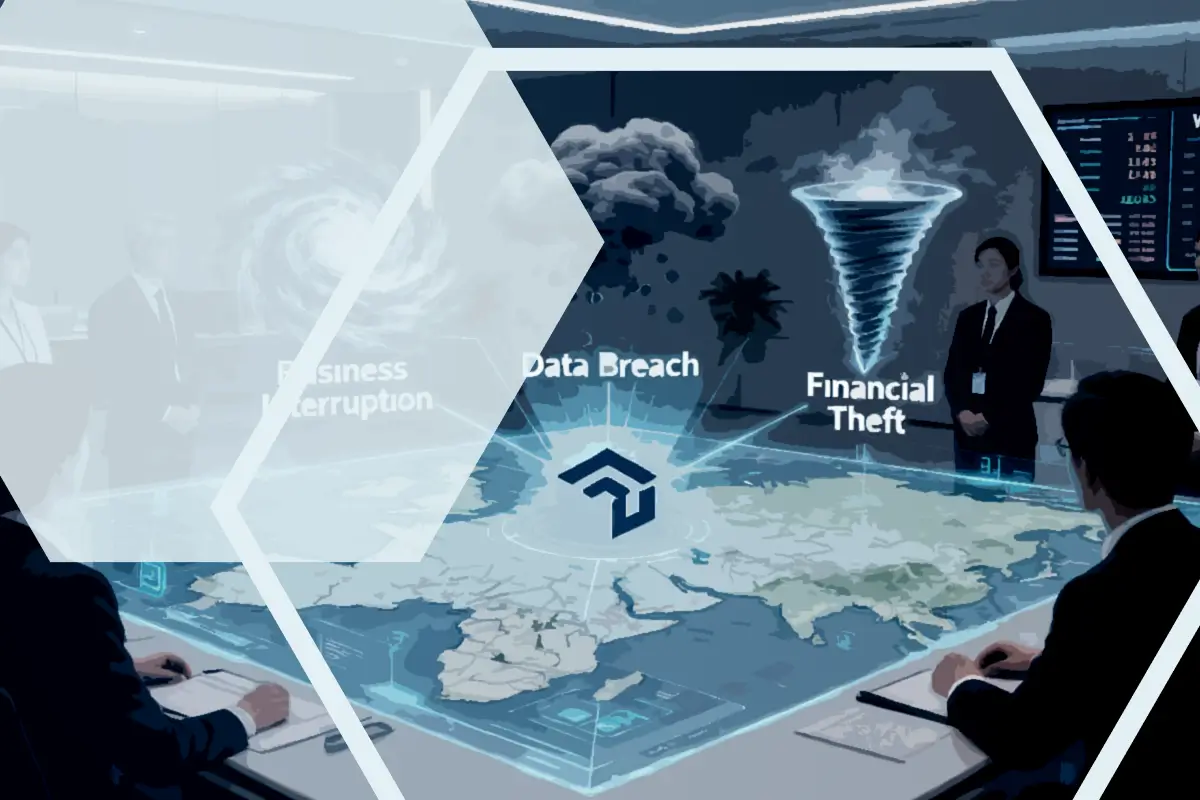In December 2023, the SEC implemented new Cybersecurity Disclosure Rules, ushering in a significant shift in how organizations manage and disclose cybersecurity events. A recent report by AuditBoard reveals a varied landscape of readiness among security leaders, highlighting both the importance and challenges of compliance with these regulations.
According to the report, a staggering 81% of security leaders acknowledge the impact of the new rules on their businesses, yet only a mere 2% have commenced the compliance process. With 54% expressing confidence in their organization's ability to comply, there remains a significant gap between awareness and action.
One of the primary hurdles identified by security leaders is the quantification of cybersecurity events, cited by 57% as their biggest challenge. Additionally, determining the materiality of cybersecurity incidents (49%) and improving the disclosure process (47%) are reported as notable difficulties.
This is where Squalify steps can help you change the game.
The Squalify Platform specializes in top-down cyber risk quantification, leveraging Munich Re’s superior risk model and historic cyber incident loss data to deliver fast, reliable, and comprehensive quantification results at the company level. With the SEC's emphasis on timely disclosure of cybersecurity events and measures, Squalify equips organizations with the tools they need to navigate these requirements effectively.
Here's how Squalify can uniquely help organizations comply with the new SEC rules:
- Clear, Plain-Language Reporting: Squalify enables boards to report on cyber risk using plain and easy-to-understand language, aligning with the reporting standards they are already accustomed to for other risks.
- Quantitative Materiality Metrics: Our platform provides defensible quantitative metrics for defining materiality, helping organizations accurately assess the significance of cybersecurity incidents against potential worst-case scenarios. Our quantification approach explores direct and indirect incident costs, impact of disruption to business operations, legal and regulatory costs and many more cost drivers.
- Guided Scenario Planning: Through guided scenario planning, Squalify helps identify material consequence scenarios, addressing the qualitative component of the new SEC reporting requirements.
- Benchmarking Against Industry Peers: Organizations can benchmark their cyber risk strategy against industry peers, gaining valuable insights to strengthen their cybersecurity posture and support board oversight.
- Simulations: With the Simulation feature of the Squalify Platform, organizations can model the cyber impact of material non-cyber business changes such as mergers and acquisitions, ensuring proactive risk management. Of course changes to cyber maturity can also be simulated to evidence return on security investment.
In a landscape where compliance with the SEC Cybersecurity Disclosure Rules is paramount, Squalify offers a unique advantage. Our top-down approach, coupled with real-world data and Munich Re’s proven risk model and real world loss data, equips organizations with the confidence and capability to navigate the evolving regulatory landscape effectively.









